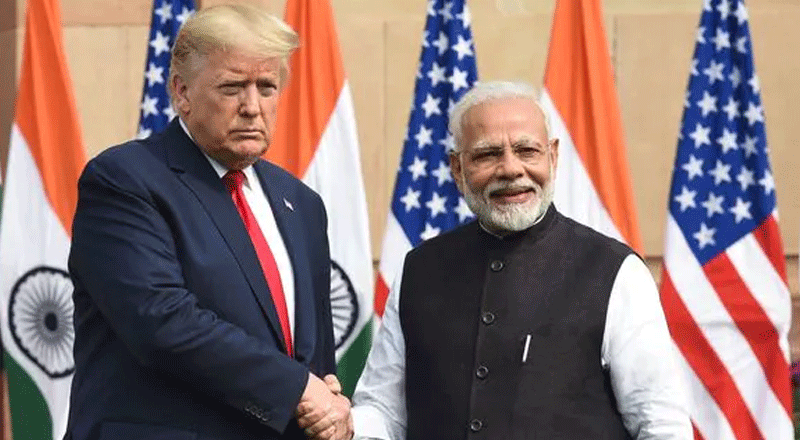India Surpasses Japan in Asia Power Index
In the 2024 edition of the Lowy Institute’s Asia Power Index (API), India has been ranked as the third most powerful nation in Asia, trailing only behind the United States and China. This marks a significant shift in the regional power dynamics, as India has surpassed Japan, which previously held the third position. With a score of 39.1 out of 100, India’s rise reflects its growing influence and strategic importance in the region.
The API, published by the Australian think tank Lowy Institute, evaluates the power of countries in Asia based on various factors, including military capability, economic resources, and diplomatic influence. Australia, which ranks fifth in the index, also remains a key player in the region.

China’s Military Dominance and India’s Slower-Than-Expected Rise
Despite India’s advancement in the rankings, the report highlights that its rise has been slower than anticipated. While India’s diplomatic score has improved, the overall power score has decreased from 2018 to 2023. The API report points out that India has not fully capitalized on its potential, particularly in extending its influence east of the Malacca Strait. This underperformance is attributed to India’s limited economic integration with larger Asian economies and its weak participation in regional economic frameworks.
Susannah Paton, the lead author of the report, emphasized that although India’s strong economic growth and active diplomacy have bolstered its position, the nation still lags behind in economic relationships within the region. She noted that India’s reluctance to join regional trade agreements and its inward-looking economic policies have contributed to this lag.
US-China Rivalry Intensifies in Asia
While the United States remains the most powerful nation in Asia, the API report notes that China has surpassed the U.S. in military strength within the region. China also boasts more extensive diplomatic and trade links across Asia. However, the U.S. maintains its lead due to its strong and trusted partnerships with key regional players and a more robust economy.
China’s aggressive posturing in Southeast Asia and the broader Indo-Pacific has led to strained relations with many South Asian nations, including India, with whom it continues to have a military stand-off. In contrast, the United States has strengthened its alliances and forged new partnerships to counter China’s influence. Traditional allies like South Korea, Japan, the Philippines, and Australia remain central to U.S. strategy, while new security frameworks such as AUKUS (Australia-United Kingdom-United States) and the Quad (India, United States, Japan, Australia) have emerged as pivotal in maintaining regional stability.
The Role of Partnerships in Sustaining US Power
The report underscores the importance of partnerships in sustaining U.S. power in the region. The Biden administration has prioritized deepening defense networks with capable regional partners to counter the erosion of U.S. military advantage. The U.S.-Japan alliance has reached unprecedented levels of integration and coordination, while the U.S.-Australia alliance continues to grow under the AUKUS framework. Additionally, the U.S. has reinforced its ties with South Korea and effectively managed its alliance with the Philippines.
The API report concludes that the rivalry between the United States and China is likely to persist, with both nations digging in for a prolonged contest. While China’s economic power is no longer growing at its previous pace due to structural challenges and slower economic growth, the United States continues to demonstrate its resilience and staying power in the region, largely buoyed by its economic capabilities and strong alliance networks.
India’s Future Prospects
India’s ascent to the third position in the Asia Power Index is a significant achievement, reflecting its growing stature in the region. However, the report suggests that India still has considerable room for growth, particularly in enhancing its economic ties within Asia. As India continues to navigate its path in the complex geopolitical landscape of Asia, its future trajectory will depend on how it leverages its resources and strengthens its regional influence.
(With inputs from agencies)






